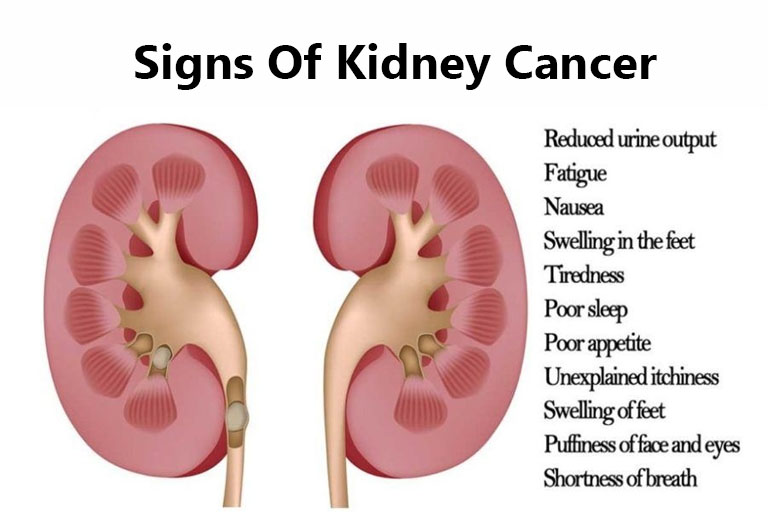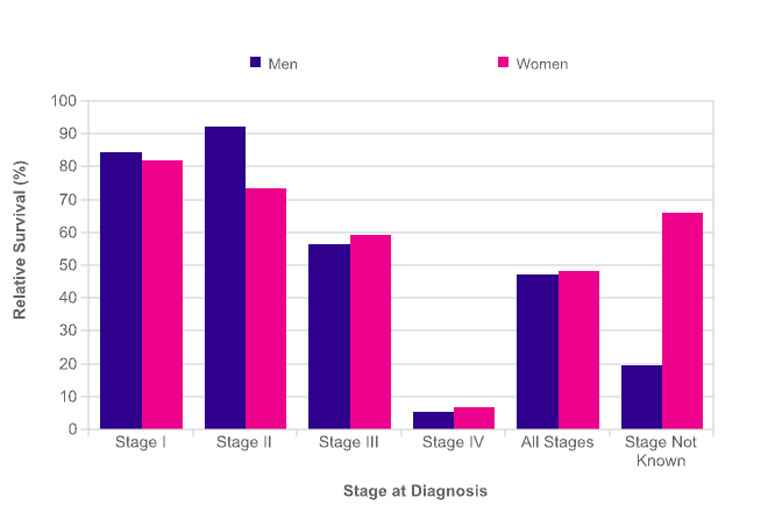Kidney cancer occurs in approximately thirty one thousand Americans per year and most patients diagnosed are between the ages of fifty and seventy. It affects men about twice as often as women. At present, the causes of kidney cancer are not well understood and can seldom be explained why one person gets the disease and another doesn’t. Many factors are linked with the increased probability of kidney cancer; one major risk factor is cigarette smoking. Smokers are twice likely to get the disease more than non-smokers.

Renal cell carcinoma, also known as gurnistical tumor, is the most common form of kidney cancer arising from the renal tubule, and the most common type of kidney cancer in adults. The most common warning sign or symptom of this disease is blood in the urine. In some cases, the person can actually see the blood. It may be there one day and not the next. A urine test done as a part of regular checkup called urinalysis may also find traces of blood in the urine. Another symptom is lump or mass that can be felt in the kidney area. The tumor may cause a dull ache or pain in the back side. Symptoms may develop abruptly. However, as with other cancer types, kidney cancer can cause a general feeling of poor health. Weight loss, fever, feeling very tired, and loss of appetite can be some more symptoms felt by someone with the disease. Though most often, these symptoms do not mean cancer. Other conditions may be causing the symptom that is why consulting a doctor is best advised when one experiences any of these problems.

To diagnose a kidney cancer, the patient’s personal and family medical history is taken and a thorough physical examination is conducted. The doctor usually orders blood and urine tests and may do one or more of these exams:
IVP (Intravenous Pyelogram) is a test that lets the doctor see the kidneys, ureters, and bladder on x-rays. The x-rays are taken after an injection of dye that shows up on the x-ray film.
CT or CAT Scan is another x-ray procedure that gives detailed pictures of cross-sections of the body. The pictures are created by a computer.
Ultrasound is a test that sends high-frequency sound waves, which cannot be heard by humans, into the kidney. The pattern of echoes produced by these waves creates a picture called a sonogram. Healthy tissues, cysts, and tumors produce different echoes.
Arteriogram is a series of x-rays of blood vessels. Dye is injected into a large blood vessel through a narrow tube called a catheter. X-rays show the dye as it moves through the network of smaller blood vessels around and in the kidney.
MRI (Magnetic Resonance Imaging) uses a very strong magnet linked to a computer to create pictures of cross-sections of the kidney.
Nephrotomogram is a series of x-rays of cross-sections of the kidney. The x-rays are taken from several angles before and after injection of a dye that outlines the kidney.
When a person is diagnosed with kidney cancer, it is important to know the extent, or stage of the disease because it can spread to the bones, lungs, liver, and brain. Staging procedures may include special x-rays and tests to check these organs.

If the disease is only in the kidneys, which is about forty percent of cases, it can be cured roughly ninety percent of the time with surgery. But if it has spread outside of the kidneys, often into the lymph nodes or the main vein of the kidney, then it must be treated with chemotherapy and other treatments.

©Doctor ASKY – All Rights Reserved





















